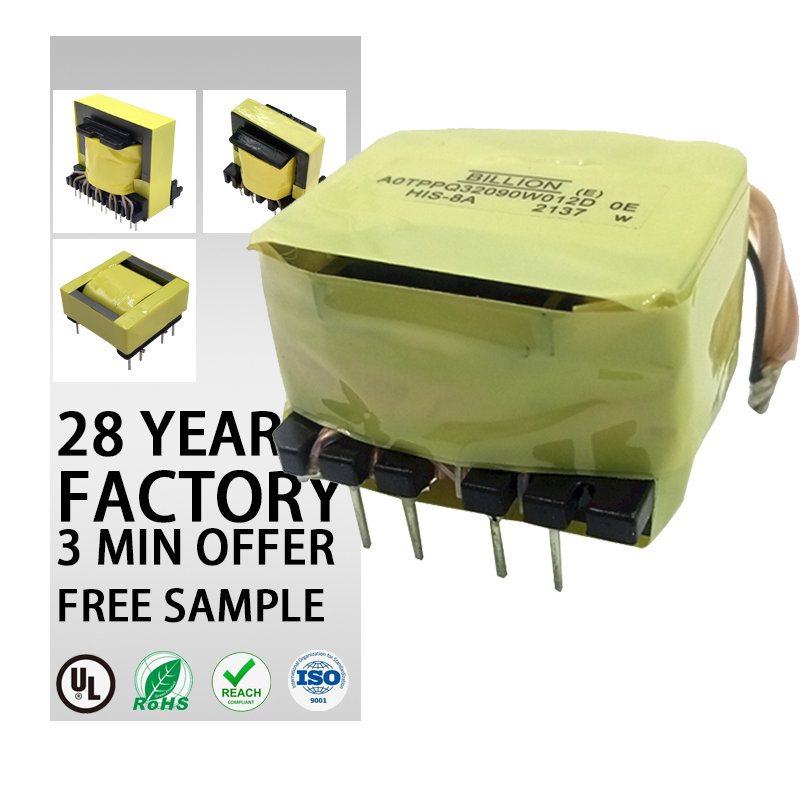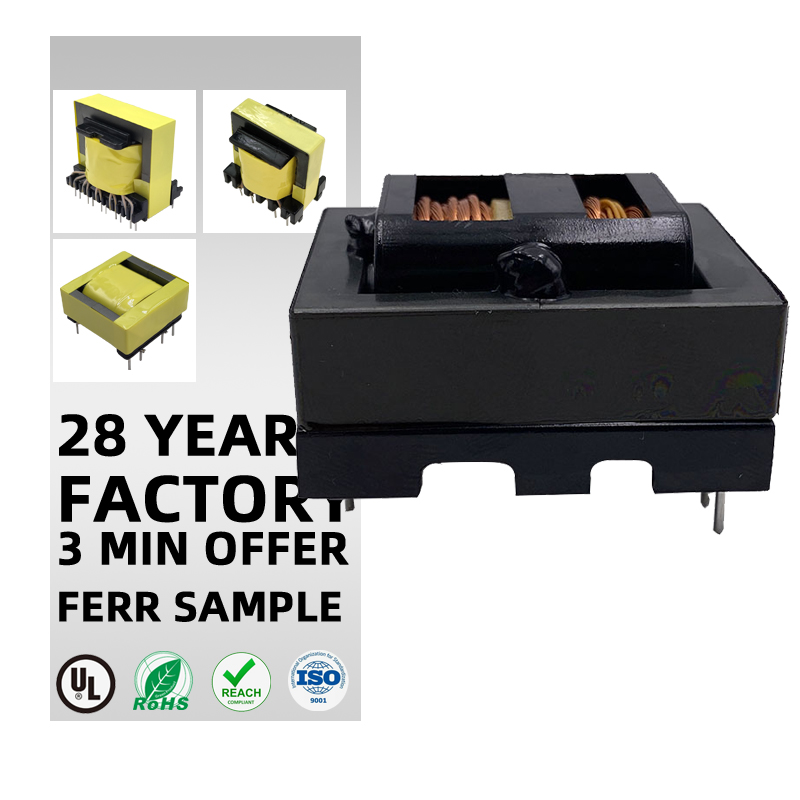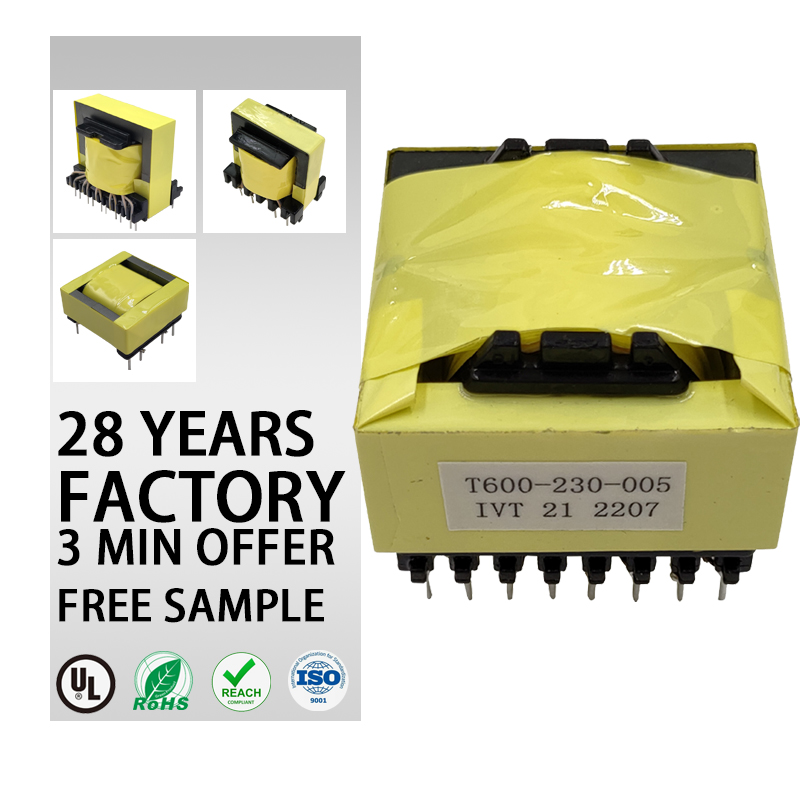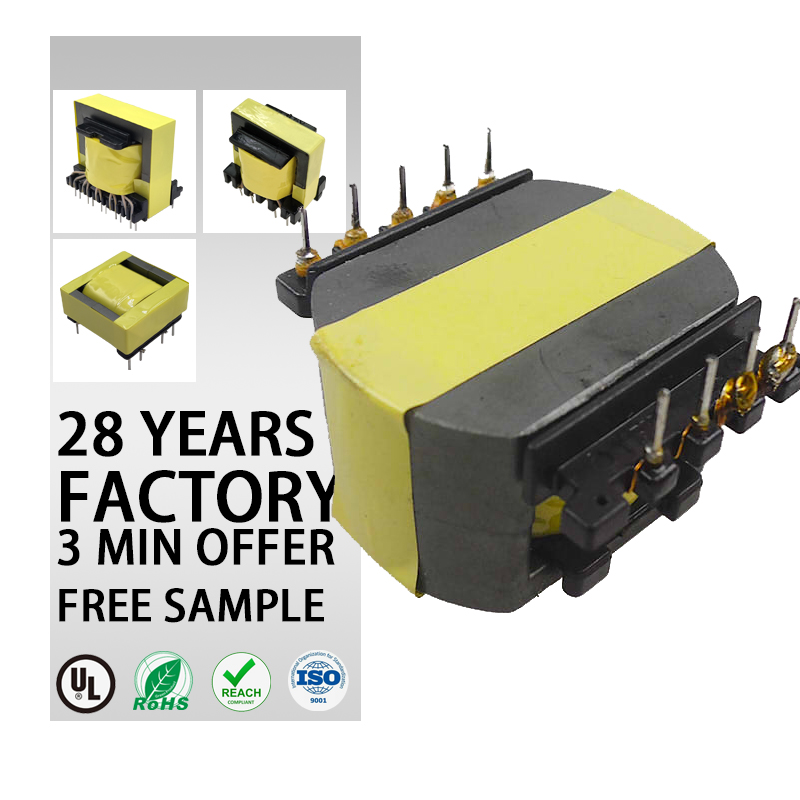How do I choose a pulse transformer?
Choosing a pulse transformer involves considering several factors to ensure it meets the specific requirements of your application. Here's a step-by-step guide to help you select the right pulse transformer:
1. Determine the Application Requirements
- Frequency Range: Identify the operating frequency range of your application. Pulse transformers are designed to handle high frequencies, typically from a few kilohertz (kHz) to several megahertz (MHz).
- Pulse Characteristics: Consider the rise time, fall time, pulse width, and repetition rate of the pulses you need to transmit. The transformer should maintain the integrity of these pulse characteristics.
- Voltage and Current Levels: Determine the primary and secondary voltage and current requirements. This includes the peak voltage and current the transformer must handle without saturation or distortion.
2. Core Material and Design
- Core Material: Choose a core material that is suitable for high-frequency operation, such as ferrite or other low-loss magnetic materials. Ferrite cores are commonly used because they offer low core losses at high frequencies.
- Winding Configuration: Ensure the winding design minimizes leakage inductance and parasitic capacitance. This helps maintain the shape and integrity of the pulses. Litz wire can be used to reduce skin effect losses at high frequencies.
3. Isolation Requirements
- Galvanic Isolation: Determine the isolation voltage rating required for safety and to prevent ground loops. This is especially important in applications where electrical isolation between circuits is crucial.
- Insulation: Ensure the transformer has adequate insulation to withstand the operating environment and voltage levels.
4. Power Handling Capability
- Power Rating: Although pulse transformers are not designed for continuous high power, ensure that the transformer can handle the peak power levels during pulse transmission without overheating or saturating.
- Thermal Management: Check if the transformer design includes features to manage heat dissipation effectively.
5. Impedance Matching
- Impedance Matching: Ensure that the transformer matches the impedance of the driving source and the load. This minimizes signal reflection and maximizes power transfer efficiency.
6. Package and Mounting
- Physical Size: Consider the physical size and form factor of the transformer to ensure it fits within the space constraints of your design.
- Mounting Options: Check the mounting options available, such as through-hole, surface-mount, or custom mounting solutions, depending on your application requirements.
7. Regulatory and Safety Standards
- Compliance: Ensure the pulse transformer complies with relevant industry standards and certifications, such as UL, CE, or IEC, which may be required for safety and regulatory compliance in your application.
8. Manufacturer Specifications and Datasheets
- Datasheet Review: Carefully review the datasheets provided by the manufacturer. Look for detailed specifications, including frequency response, maximum voltage and current ratings, insulation resistance, and temperature ratings.
- Manufacturer Reputation: Choose a reputable manufacturer known for quality and reliability in producing pulse transformers.
Example Selection Process
Let’s consider a practical example where you need a pulse transformer for driving the gate of an IGBT in a high-frequency inverter circuit:
-
Application Requirements:
- Frequency Range: 100 kHz
- Pulse Width: 200 ns
- Primary Voltage: 15 V
- Secondary Voltage: 15 V
- Peak Current: 5 A
-
Core Material and Design:
- Ferrite core for high-frequency operation.
- Windings designed to minimize leakage inductance and parasitic capacitance.
-
Isolation Requirements:
- Isolation voltage rating of 2.5 kV for safety.
-
Power Handling Capability:
- Ensure the transformer can handle the peak power (75 W during pulse transmission).
-
Impedance Matching:
- Match the impedance of the driver circuit to the gate of the IGBT.
-
Package and Mounting:
- Choose a compact surface-mount package to fit within the inverter’s design.
-
Regulatory and Safety Standards:
- Ensure compliance with relevant safety standards (e.g., UL).
-
Review Manufacturer Specifications:
- Select a transformer from a reputable manufacturer like Coilcraft, Pulse Electronics, or Murata, and review the datasheets to ensure it meets all requirements.
Summary
To choose a pulse transformer, identify your application’s frequency range, pulse characteristics, voltage, and current levels. Select appropriate core materials and winding configurations to maintain pulse integrity. Ensure adequate isolation, impedance matching, and power handling capability. Consider the physical size, mounting options, and compliance with safety standards. Finally, review manufacturer datasheets and select a transformer that meets all your specifications.
-
E-MAIL: pxsales3@goldeneagle-cn.com
Phone: +86-18979985376
NAME: JUDY









